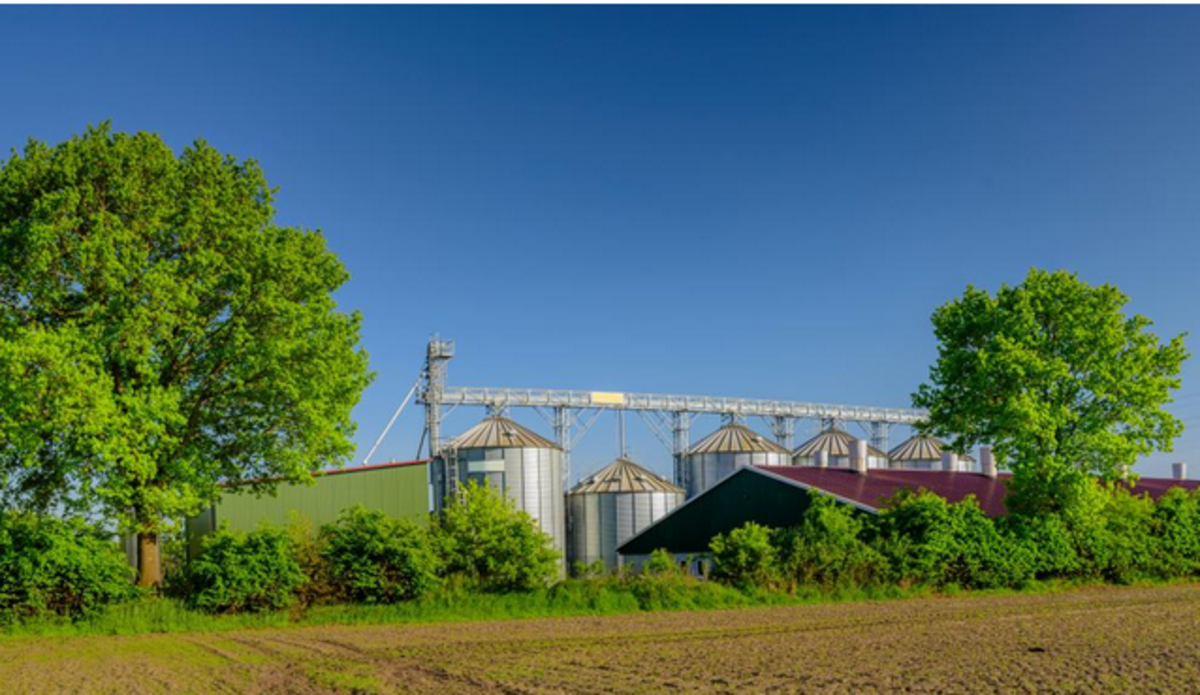Mapping and analysis undertaken for the Commission’s Knowledge Centre for Bioeconomy shows there’s a growing number of regional bioeconomy strategies, fully focused or relevant for the bioeconomy. Their deployment has accelerated following the launch of the revised EU Bioeconomy strategy in 2018.
Regional bioeconomy strategies are crucial for improving livelihoods in rural and coastal areas, managing natural resources sustainably and making the most of the availability of biological resources as well as the geographic, climatic, economic and political specificities of the EU regions.
The mapping exercise contributes to the action plan of the EU Bioeconomy strategy to monitor the deployment of local bioeconomies across the EU. It compiles the currently existing regional bioeconomy strategies at various levels of regional classification. These include NUTS1, NUTS2 and NUTS3 regions: major, basic and smaller regions respectively.
The study finds that 194 regions in EU27 have a strategic framework for bioeconomy in place or are in the process of doing so. Overall, there are 359 bioeconomy-relevant strategies at regional level in the EU. Of those, 334 frameworks are published in the form of documents such as strategies, action plans, roadmaps, and the rest are under development.
Analysis and patterns
Some regions have several strategies in place at the same time, addressing various sectors, ranging from bio-based energy production or organic waste recycling to the processing of agricultural residues, to name a few.
The existence of regional bioeconomy strategies mainly depends on two factors. First, if the country is large and decentralised, it is likely that strategies related to the bioeconomy exist at regional level. Second, where a strategy for bioeconomy exists at national level, it can also apply to regional and local action and so, consequently, there may be fewer (dedicated) strategies at regional level.
In this case, bioeconomy at sub-national level may be predominantly embedded in wider strategic frameworks. However, even if a national strategy exists, there may still be regional frameworks to further specify actions and to focus on the specificities of the regions.
Related links
Bioeconomy strategy development in EU regions
An underlying dataset complementing the study
Knowledge Centre for Bioeconomy
An interactive Bioeconomy country dashboard
